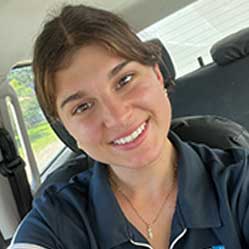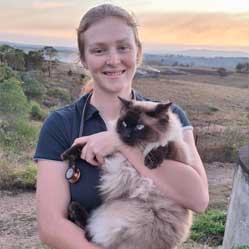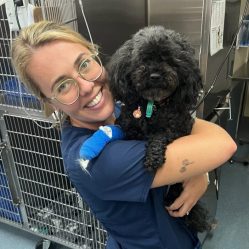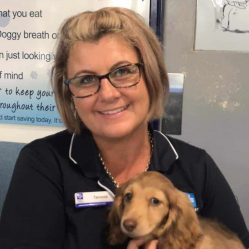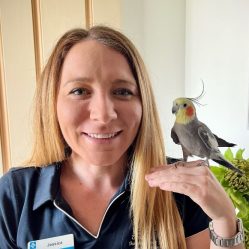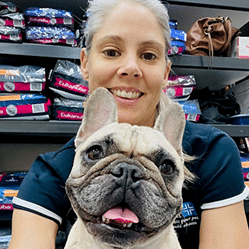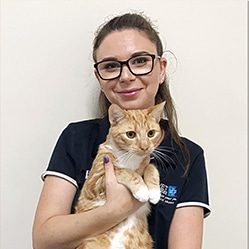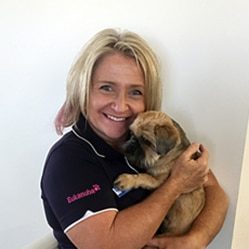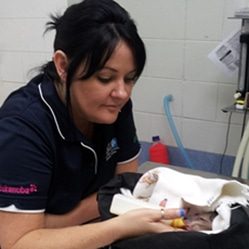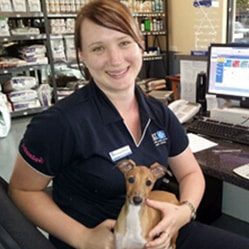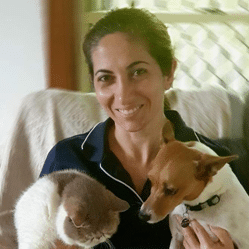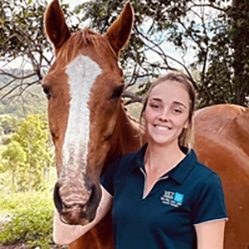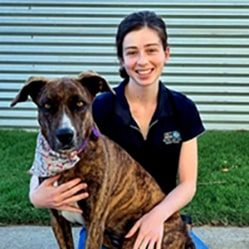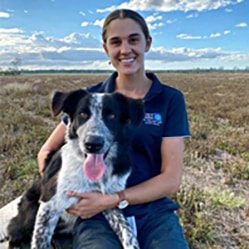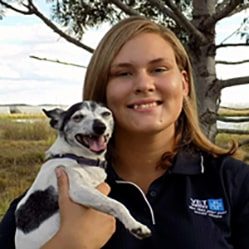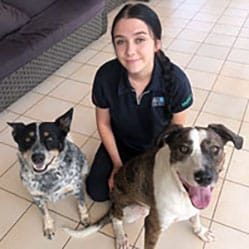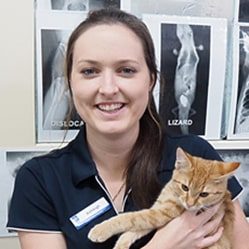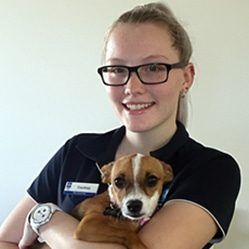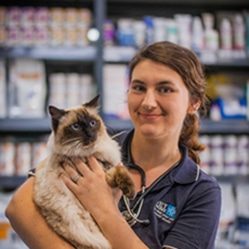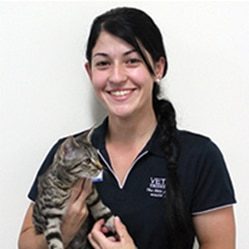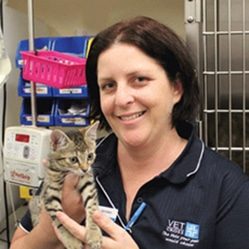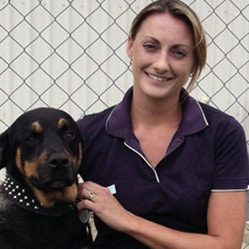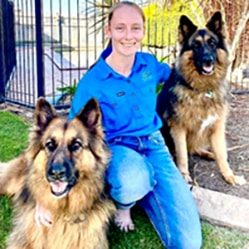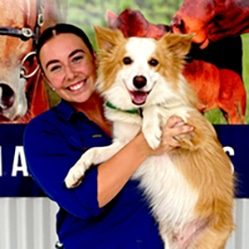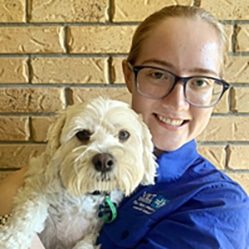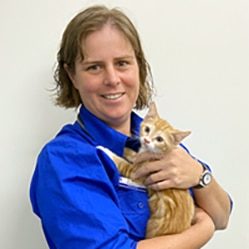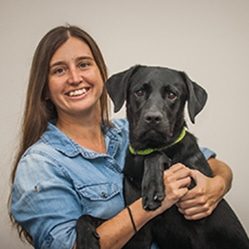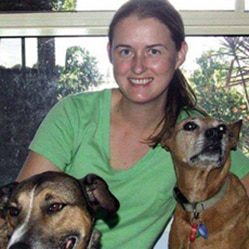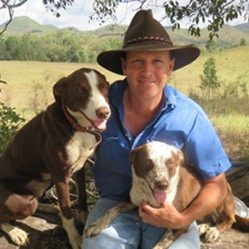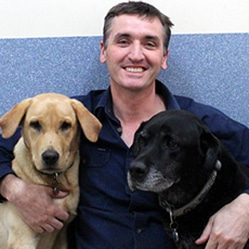Pugs, Frenchies, Dogue de Bordeaux, Bulldogs, Bostons, Boxers, Persians… these are just some of the breeds that are part of what we call “brachycephalicsâ€. What this means is that they all have shortened snouts to give them that distinctive look so many find adorable! Unfortunately, this can come with some very unfortunate side effects which can have serious health consequences. Brachycephalic airway syndrome, or “BOASâ€, describes a series of anatomical issues that lead to these pets having difficulty breathing. This can vary from snoring, interrupted sleep/chronic fatigue, reduced exercise and heat tolerance, sleeping with their mouths open, or even full airway obstruction! But why is this so? These animals are often born with one (or all!) of the following primary conditions:
- Hypoplastic trachea (narrow airway)
- Stenotic nares (nostrils)
- Elongated soft palate
- Abnormal nasal turbinate’s (reduced sinus space)
These anatomical changes all work together to essentially reduce the space air can flow through, increasing the pressure within the airways, making it harder for these animals to breath. You can think of this like trying to breathe through a straw. Now, just like if you put too much pressure on a straw, the structures around it can start to collapse or suck inwards.
These are what we see as secondary changes, which unfortunately only worsen the situation:
- Enlarged tonsils
- Everted saccules
- Tracheal and laryngeal collapse
- Inflammation of the oropharynx
So what can we do about it?
Some responsible breeders are attempting to deselect for many of these health defects, but it will be quite some time before we see the end of these problems, if ever. In the meantime, we would recommend the following:
- If looking at getting a new pet, consider whether a brachycephalic breed is right for you. These animals often are prone to many health issues in addition to BOAS, and so can be quite high maintenance. If you’re looking for a dog to go for long runs in the summer with you, a brachycephalic is not a great choice.
- Using harnesses rather than collars, limiting exercise to cooler times in the day and keeping your pet lean to reduce excess body fat
- Have your local vet health check your animal as this may alert you to some issues such as stenotic nares. Often a full general anaesthetic is required to assess internal structures, and occasionally advanced imaging (CT/MRI).
- Surgical correction is ideally performed in animals less than 2yrs of age, before secondary changes start to occur, but can be performed in any aged animal that may benefit from it. This may include; increasing the diameter of the nostrils, reducing the length of the soft palate, removing excess soft tissue, or altering nasal turbinates. These surgeries are best performed by specialist surgeons as they are regularly performed in these practices, and patients receive 24hr care post-surgery. Almost all brachycephalic animals can benefit from some degree of surgical correction.









